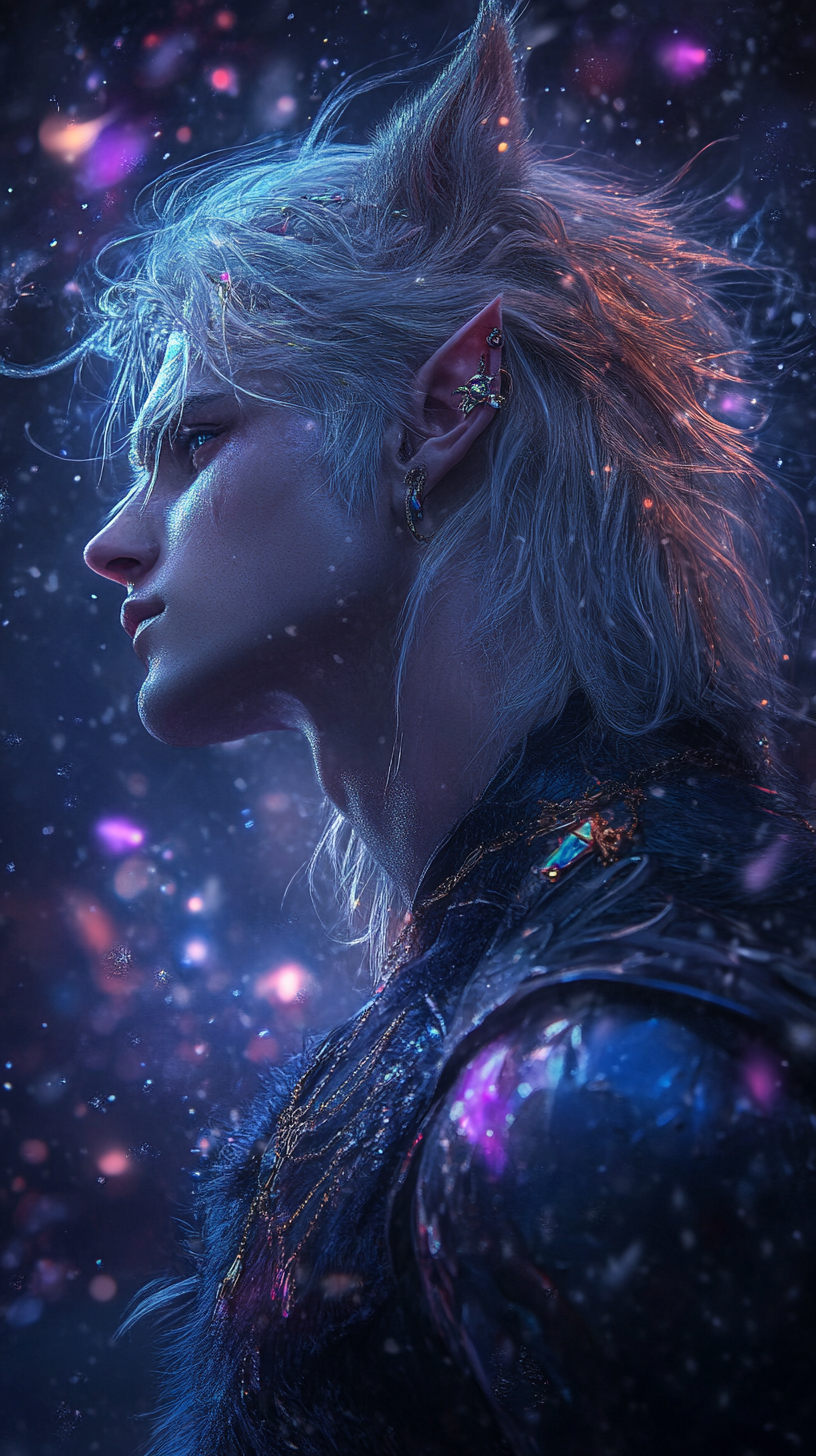Lokites

Origin & Creation
Lokites are supernatural beings created by Loki, the Norse god of mischief, chaos, and change. Unlike gods who rely on belief to exist, Loki’s ambition drove him to create lasting, tangible legacies in the mortal realm. Using his essence, he fashioned three distinct lines of creatures—wolves, bears, and snakes—imbued with his own cunning, strength, and adaptability. Lokites were designed to walk among humans, influence them, and take positions of power, serving as both Loki’s tools and his enduring legacy.
Physical Characteristics
Shifting Forms: All Lokites possess the ability to shift between their human form and an animal form tied to their lineage (wolf, bear, or snake). In their animal forms, Lokites gain enhanced physical abilities and heightened senses specific to their type. They can also do partial shifts but this is usually unintentional and in high tension or adrenaline moments.
Enhanced Strength, Senses and Agility: Even in their human form, Lokites are significantly stronger and faster than humans, with extraordinary endurance.
Longevity: Lokites are long-lived, with some of the original creations—like Fenrik, a direct child of Loki—still alive today.
3 Lines of Lokites
-
Wolves:
-
Traits: Cunning, loyal, and social, the wolves thrive in packs bound by tradition and hierarchy. They are the most integrated into human society, often blending in seamlessly while maintaining their internal pack structures.
-
Role: Historically, wolves acted as leaders and influencers, using their charisma and intelligence to guide or manipulate human communities.
-
Behavior: Pack-oriented and deeply tied to loyalty, though their traditions can be brutal and unforgiving, valuing strength and dominance above all.
-
-
Bears:
-
Traits: Solitary, immensely strong, and less interested in human affairs, the bears are rarer and more reclusive than their wolf counterparts.
-
Role: While less involved in influencing humanity, bears served as enforcers, using their immense strength to enforce Loki’s will when direct action was required.
-
Behavior: Stoic and solitary, bears prefer isolation to the structured pack life of the wolves.
-
-
Snakes:
-
Traits: Sly, manipulative, and highly calculating, the snakes are the most enigmatic of the Lokites. They excel in deception and operate in the shadows.
-
Role: Masters of subterfuge, snakes often manipulated from behind the scenes, influencing events without revealing their true nature.
-
Behavior: Highly individualistic, snakes can blend into any environment and are often the most difficult to detect among Lokites.
-
Cultural & Social Structure:
Hierarchy and Tradition: Lokites, particularly the wolves, are deeply tied to the hierarchical traditions established by Loki. Leadership within packs is determined by strength and cunning, and those who fail to meet expectations are seen as weak or expendable.
Packs and Independence: Wolves tend to form tightly knit packs, while bears and snakes are more independent. Packs operate with strict loyalty, often upholding brutal and archaic customs.
Conflict and Rebellion: Not all Lokites agree with the traditions of dominance and power. Some reject the brutal expectations and choose to distance themselves from their packs or families. These have often ended up connecting with others and creating the 'modern packs' that the tradional ones despise.

Known Lokites



